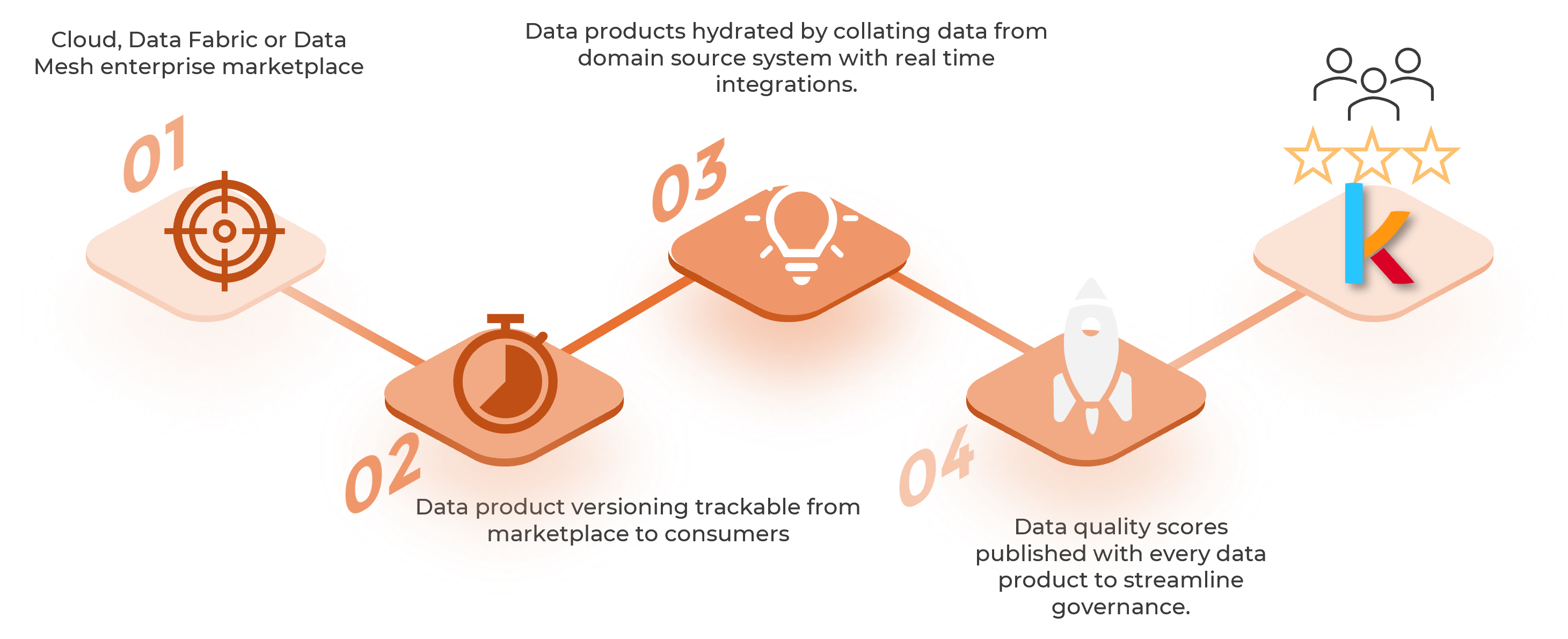Last week, I was grabbing coffee with Sarah, a former colleague who now heads analytics at a retail chain. "Everything's a mess," she sighed. "We have all these data sources - ERP systems, CRM data, customer feedback - but each department treats their data like their personal garden. Nobody knows what data exists where, and there's no consistency in how we share it."
Her frustration struck a chord. We've seen this scenario play out countless times across different industries: valuable data trapped in silos, teams duplicating work, and the list goes on.
What makes a Data Product different?
Let break this down using a real example from Sarah's world. Their store performance data used to be just numbers in various systems. They transformed it into a data product by ensuring it had:
Clear ownership (their retail ops team)
Defined access rules for different user roles
Standard delivery channels (API for real-time access, daily aggregated reports)
Documentation of data quality standards
Consistent formatting that made it usable across systems

A Three-Level Evolution
Sarah's team started at Level 1 (like most companies): basic data integration with some quality issues. They're now working toward Level 2, where their data products are:
- Properly integrated across main sources
- Cloud-based for better accessibility
- Tagged with clear lineage (where the data came from and how it's been transformed)
Level 3 - is where data products become truly interconnected, offering real-time insights and seamless integration between different data products. Few companies are there yet, but it's worth understanding what's possible.
The Building Blocks of a Real Data Product
Let's look at how one of Sarah's successful data products came together:
1. Identification Phase:
They mapped out who needed store performance data
Defined specific use cases (operations, finance, marketing)
Analysed the value versus cost of creating this data product
2. Build Phase:
Set up automated data integration from source systems
Created quality control checks
Built delivery mechanisms that worked for different teams
3. Governance Phase:
Established quality monitoring
Created clear documentation
Set up access controls and usage tracking
The Real Challenges
Sarah's team hit several common roadblocks:
Legacy systems that weren't designed for modern data sharing
Siloed data sources that spoke different languages
Scaling issues when trying to handle real-time data
Manual processes that needed automation
Starting Your Own Data Product Journey
If you're looking at your own data chaos, start by picking one critical data stream and transform it into a proper data product. Ask:
Who's the data provider in your organization?
What are your distribution needs?
What access rules make sense?
Which delivery channels will work best?
The Payoff
The transformation wasn't just technical. When Sarah's team started treating their store performance metrics as a product rather than just numbers:
Teams could self-serve their data needs
Quality issues became visible and fixable
Cross-department analysis became possible
Decision-making speed improved dramatically
Moving Forward
Remember, building data products isn't about chasing the latest trend - it's about making your data truly serve your organization's needs. Start small, focus on quality and usability, and build from there.

Keyrus approach to data product design
We follow a 4-step accelerator approach to define, build and govern enterprise data products
Data Solutions
• Domain definition
• Define intended purpose and use cases
• Review current state
• Requirement elicitation
• Define Target State
• Functional Solution Blueprint
• Manage Product Backlog
• Implementation Strategy
Data Architecture
• Define end to end solution architecture
• Data flow design
• Data model design and review to support scalability and performance
• Cost of storage/cost of compute
• Best practices e.g. BI temporal versioning / immutability
Data Engineering
• Data sourcing
• CDC / Data replication
• Build of engineering pipelines
• Data transformation
• SQL/Python frameworks
• Continuous testing
• Consistency checks
• Performance testing
• Observability dashboards
• Service availability dashboards
Data Governance
• Domain ownership and design
• Federated computational governance
• Metadata management
• Data visibility
• Data observability
• Data contracts
• Data stewardship
• Data quality
Get in touch with Keyrus
Our free 2-hour workshop will show you how we have built cloud data products on enterprise marketplaces.

Contact us & start your Data Products journey!
